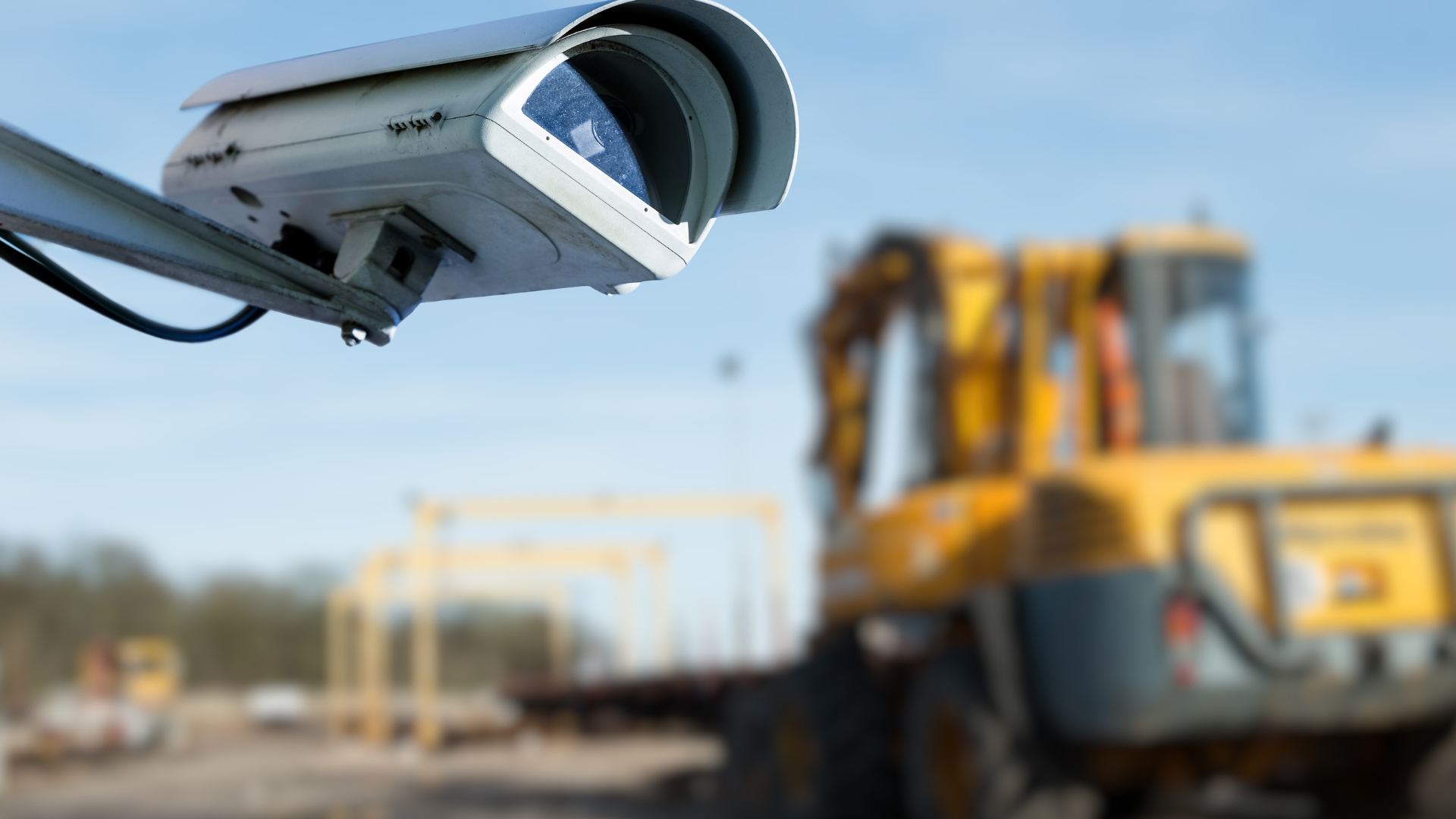Building Safety: Innovative Approaches to Construction Site Security

Introduction:
Construction sites are dynamic environments where safety and security are paramount. With the unique challenges they face, from theft and vandalism to safety hazards, innovative approaches are essential in ensuring comprehensive security. At WOSS, we delve into the latest trends and technologies in construction site security, offering insights into how these measures not only protect assets but also ensure the safety of workers. This blog post will explore cutting-edge strategies and solutions in construction site security.
The Importance of Construction Site Security
Construction sites present a unique set of security challenges. They are often large, open spaces filled with valuable machinery, materials, and ongoing work that is vulnerable to theft, vandalism, and unauthorised access.
- Risk of Theft and Vandalism: Construction sites are often targeted for theft due to the expensive equipment and materials present.
- Safety Concerns: Apart from external threats, construction sites are also prone to safety hazards that can put workers at risk.
- Impact on Project Timelines and Budgets: Security breaches can cause project delays and increase costs.
Technological Advancements in Site Security
Embracing technology is key in modern construction site security, providing solutions that are both proactive and reactive.
- Surveillance Systems: Advanced CCTV cameras with motion sensors and night vision capabilities are essential for monitoring construction sites, especially during off-hours.
- Drones for Aerial Surveillance: The use of drones provides an aerial view of the site, offering comprehensive monitoring capabilities that traditional methods may miss.
- Access Control Systems: Implementing electronic access control systems helps in tracking who enters and exits the site, reducing the risk of theft and ensuring only authorised personnel are on-site.
Integrating Physical and Digital Security Measures
A robust security plan involves a combination of physical barriers and digital technology.
- Physical Barriers and Fencing: Erecting sturdy fences and barriers around the site helps prevent unauthorised access.
- Security Alarms and Lighting: Installing alarms and adequate lighting deters trespassers and enhances surveillance effectiveness.
- Data Security for Construction Plans: Protecting digital blueprints and plans is crucial, as cyber threats can also pose risks to construction projects.
Training and Awareness for Construction Site Security
Security is not just about technology and barriers; it’s also about the people on the ground.
- Regular Training for Staff: Educating staff about security protocols and awareness helps in identifying and preventing potential security threats.
- Creating a Culture of Security: Encouraging workers to be vigilant and report suspicious activities can significantly enhance site security.
Emerging Security Challenges in Construction
As the construction industry evolves, so do the security challenges it faces. Understanding these emerging risks is vital in developing effective security strategies.
- Cyber-Physical Systems Vulnerabilities: With the increasing use of connected devices and IoT in construction, there is a growing need to secure these systems against cyber threats.
- Environmental and Natural Risks: Construction sites are often exposed to environmental risks such as flooding or high winds, requiring robust emergency preparedness plans.
- Evolving Theft Techniques: As security technologies advance, so do the methods used by thieves and vandals, necessitating constant updates to security protocols.
Sustainable and Eco-Friendly Security Solutions
In line with global sustainability efforts, the integration of eco-friendly practices in security solutions is becoming increasingly important.
- Solar-Powered Security Systems: Utilising solar energy for powering CCTV cameras and lighting, reducing the carbon footprint of construction sites.
- Recyclable and Reusable Materials for Fencing: Employing sustainable materials for physical barriers which can be reused in future projects.
- Reducing Waste and Energy Consumption: Implementing security solutions that also help in reducing waste and conserving energy on the construction site.
Community Engagement and Security
Engaging with the local community can play a significant role in enhancing the security of construction sites.
- Community Watch Programs: Collaborating with local residents and businesses to create community watch programs, fostering a shared responsibility for security.
- Public Awareness Campaigns: Educating the public about the importance of construction site security and how they can contribute to its effectiveness.
- Building Positive Relationships: Establishing a positive presence in the community can lead to increased vigilance and reporting of suspicious activities.
The Future of Construction Site Security
Looking ahead, the future of construction site security is set to be influenced by ongoing technological innovation and changing industry practices.
- AI and Predictive Analysis: The potential use of AI for predictive analysis in assessing potential security risks and vulnerabilities.
- Integration with Smart City Infrastructure: As cities become smarter, construction sites could be integrated into wider smart city security networks.
- Advanced Biometric Access Systems: The use of biometric technology, such as facial recognition or iris scanning, for enhanced access control to construction sites.
Conclusion
The landscape of construction site security is dynamic and requires a multifaceted approach. By staying abreast of emerging challenges, embracing sustainable practices, engaging with the community, and leveraging technological advancements, the construction industry can ensure the safety and security of its sites. WOSS remains at the forefront of these developments, offering insights and solutions that cater to the evolving needs of construction site security.
Check out our socials: Instagram and Facebook.
